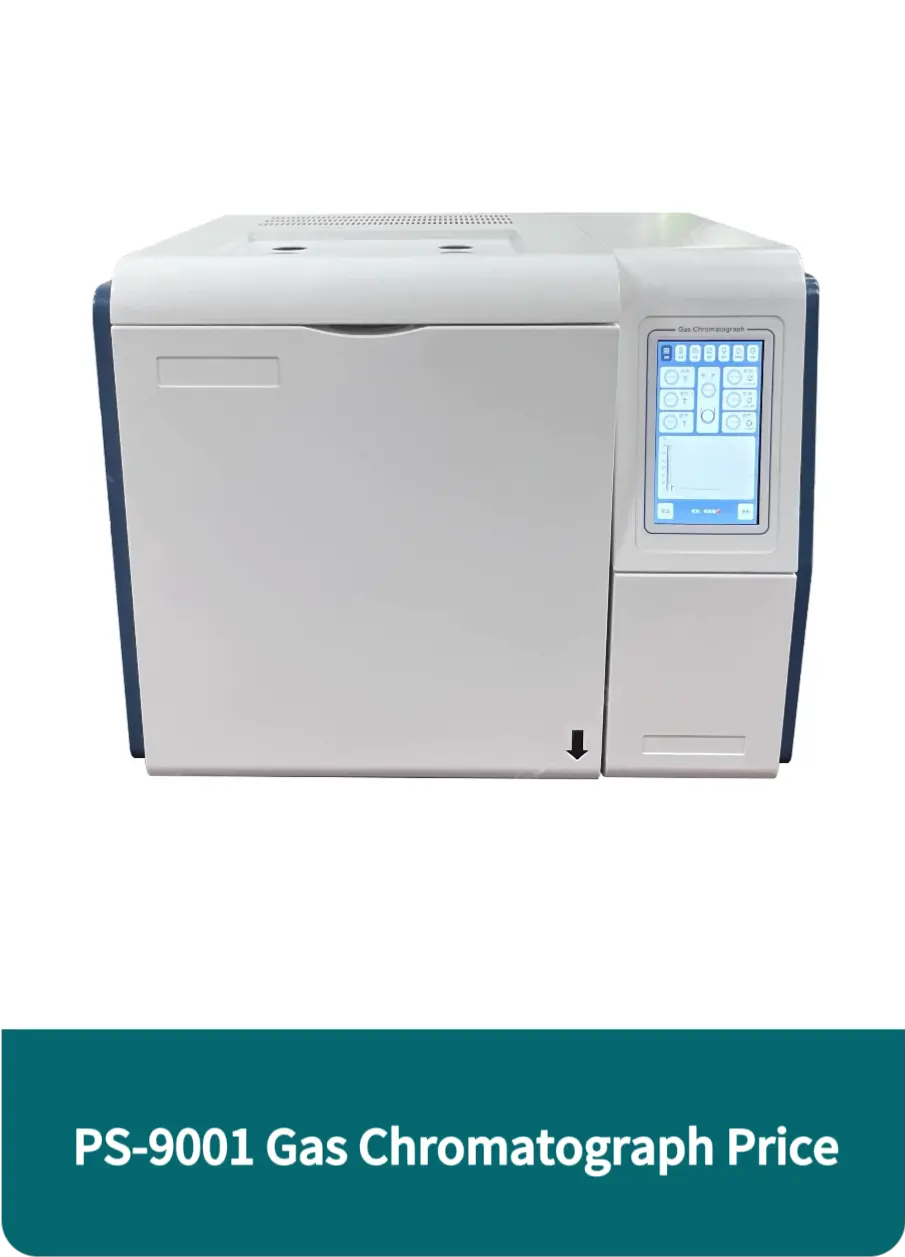 English
English


Innovative Techniques in Potentiometric Autotitration for Accurate Chemical Analysis
Understanding Potentiometric Autotitrators A Key Tool in Analytical Chemistry
Potentiometric autotitrators are sophisticated instruments widely used in analytical chemistry for the precise determination of concentration in various solutions. The core principle behind these autotitrators relies on measuring the potential difference between two electrodes immersed in the solution being analyzed, facilitating accurate titration processes.
The Principle of Potentiometry
At the heart of potentiometric autotitration is potentiometry, a technique that measures the voltage of an electrochemical cell. When two electrodes (a reference electrode and an indicator electrode) are placed in a solution, the difference in electric potential arises from the concentration of ions in that solution. The autotitrator employs this potential to determine the endpoint of a titration. As a titrant is added to the analyte, the pH or potential of the solution changes, which is closely monitored by the instrument. When a specific change occurs—typically indicating that the reaction is complete—the autotitrator automatically stops adding the titrant.
Key Components of Potentiometric Autotitrators
1. Electrodes The autotitrators commonly use pH-sensitive glass electrodes or ion-selective electrodes, depending on the type of titration. These electrodes measure the potential created by the reaction between the analyte and the titrant.
2. Titrant Delivery System This component precisely delivers the titrant into the analyte solution. It is often controlled by a peristaltic pump or a stepper motor to ensure high accuracy and reproducibility during titration.
3. Data Acquisition System Modern autotitrators are equipped with advanced software that records data in real time, providing detailed titration curves that help in the interpretation of results. The software also typically allows for customization of methods and parameters based on the specific requirements of the analysis.
potentiometric autotitrator

4. Sample Chamber This is where the analyte solution is placed for analysis. The design of the sample chamber ensures thorough mixing and optimal contact between the electrodes and the solution.
Applications of Potentiometric Autotitrators
Potentiometric autotitrators have a range of applications across various industries. In environmental analysis, they are vital for determining the acidity or alkalinity of water samples. In pharmaceuticals, these instruments can be used to assess the concentration of active ingredients in formulations, ensuring proper dosage and efficacy. Food and beverage industries utilize potentiometric titration to analyze acidity levels, sugar content, and other parameters critical for quality control.
Advantages of Potentiometric Autotitrators
These instruments offer several advantages over traditional titration methods. Firstly, they allow for a higher degree of precision and accuracy, minimizing human error. The automation of the titration process not only saves time but also increases reproducibility. Additionally, the ability to monitor potential changes in real-time means that complex reactions can be more comprehensively studied, helping chemists understand the underlying mechanisms better.
Conclusion
In summary, potentiometric autotitrators represent a significant advancement in analytical chemistry, combining electrochemical principles with automation to enhance the accuracy and efficiency of titration methods. Their versatility and precision make them indispensable tools in laboratories worldwide, supporting a broad range of applications from environmental monitoring to pharmaceutical analysis. As technology continues to evolve, the capabilities and applications of potentiometric autotitrators are likely to expand even further, paving the way for new discoveries and innovations in chemical analysis.
-
Differences between open cup flash point tester and closed cup flash point testerNewsOct.31,2024
-
The Reliable Load Tap ChangerNewsOct.23,2024
-
The Essential Guide to Hipot TestersNewsOct.23,2024
-
The Digital Insulation TesterNewsOct.23,2024
-
The Best Earth Loop Impedance Tester for SaleNewsOct.23,2024
-
Tan Delta Tester--The Essential Tool for Electrical Insulation TestingNewsOct.23,2024





